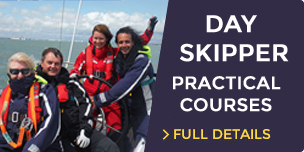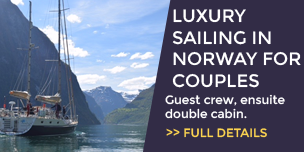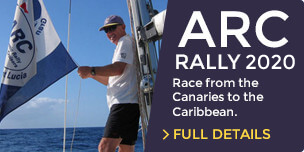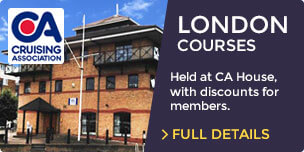Sailing the ARC – Sunsets and Solutions – by Ken Waylen
6,541 views | July 16th, 2015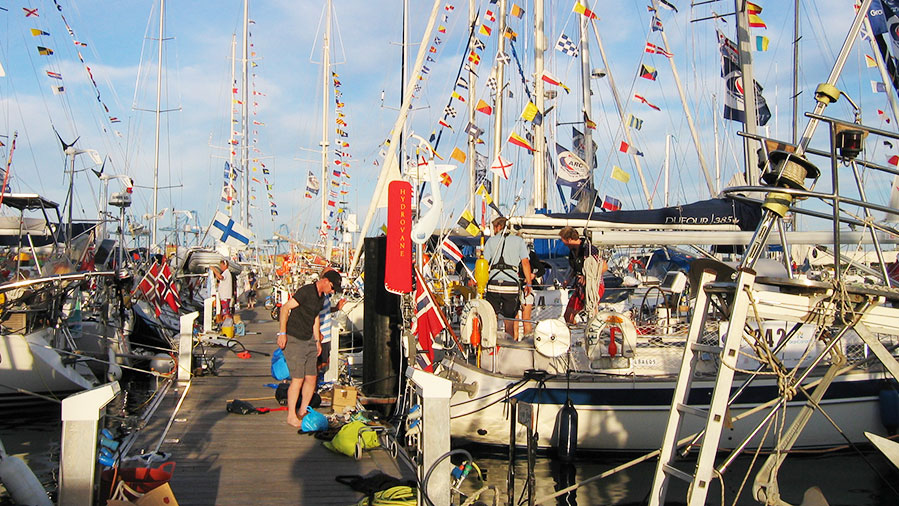
Preparing the yachts
It had been a long-held ambition of mine to cross the Atlantic Ocean. I’d had several opportunities over the years, but sadly none of them came to fruition.
Technically it’s a race, but the vast majority of competitors are there to simply have fun and achieve the feat of crossing the Atlantic. It was an opportunity I couldn’t turn down!
The Buzz at the Start Line
The Atlantic Rally for Cruisers (ARC) is the largest trans-ocean sailing even in the world. Over 200 boats take part each year, sailing from Las Palmas in the Canary Islands to St Lucia in the Caribbean – a distance of some 2700 nautical miles.
After months of planning, we arrived in Las Palmas on board Spindrift for the start of the race – and the anticipation in the air was palpable. The pontoons were just full of boats and crew members competing in the ARC, and everyone was preparing for the journey in different ways.
Some were collecting deliveries of food and washing and wrapping every single apple, while other people were just piling them on. Some were taking gallons and gallons of diesel on board, while other people were putting on extra sails. None of us were really sure what to expect, and it seems we all had different ideas of what was going to happen.
There’s a very inclusive and collaborative atmosphere to the whole thing. Sailors from all walks of life were there, and most of them (us included) were experiencing the ARC for the first time. Like us, they weren’t there to win – they were just looking to get to the finish line safely.
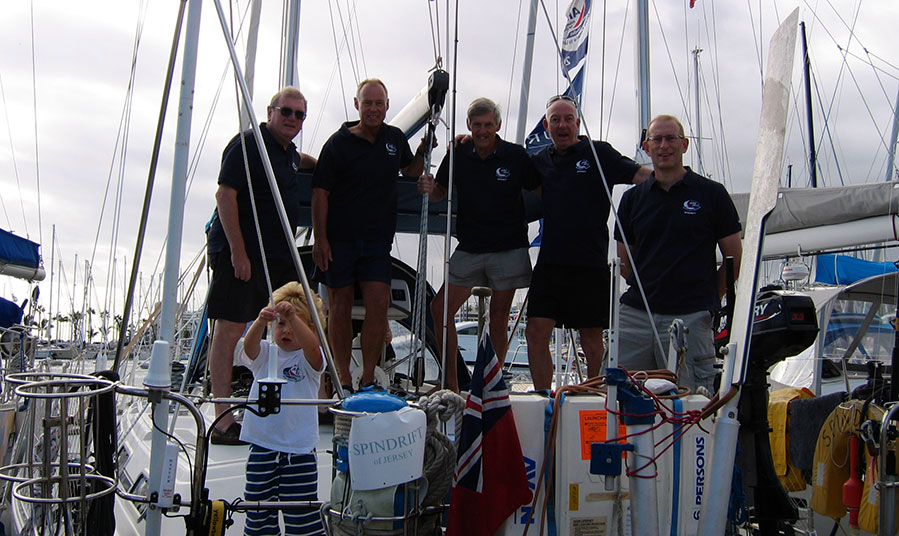
The crew members
The Isolation of the Race
Once we all set off from the start line, things became lonelier surprisingly quickly. You lose sight of virtually all the boats within 48 hours, so you are very much on your own. Spindrift had a receiver so we could listen to communications from other boats, but as we didn’t have a transmitter we couldn’t contribute to those communications.
At midday, the ARC contacts as many boats as they can via their radio net and sailors give their positions. Plotting these positions on our chart, it appeared our fellow competitors were actually really close – until we realised the nearest one was actually 40 miles away from us!
Our five-man crew got along really well over the three-week journey. I was quite fortunate in that I had a lot of input in selecting them, and we shared a good variety of skills, all of which came in handy.
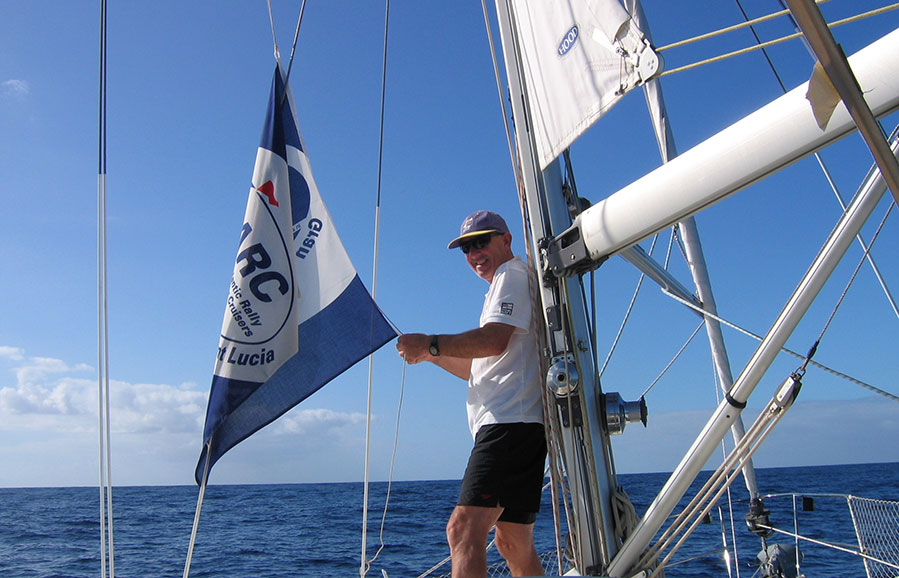
Raising the flag
There was one guy in particular that I recruited not long before the start of the race – I’d been doing a course for his wife, and I was talking to him about doing the ARC.
He told me he’d really love to do it himself one day, and it turned out he had his own boat, he was a keen cook, a highly qualified doctor and to top it all off, he was a really nice guy! I hardly knew him, but I asked him if he’d be interested and he jumped at the chance.
Overcoming Challenges at Sea
We actually made the ARC website and Yachting Monthly afterwards, with an article on handling breakages at sea. Things do break – everything from sheets to sails, poles to pulleys and even the kettle!
It was quite a lot to do in keeping the boat and all these bits and pieces up together, but we simply dealt with everything that was thrown our way.
We had our steering fail completely in the middle of the night. We found we were able to operate the boat on the auto-helm, but then the wheel would just free spin – so we just said ‘Right, OK, we’ll go back to bed and look at it in the morning’.
Fortunately we were able to fix it in the end – if we couldn’t fix it; we would have needed to figure out how to get across the rest of the Atlantic without steering!
The Thrill of the Chase
It wasn’t all hairy situations, though. There were some great moments over the course of the journey. I’ll always remember the sunset the five of us saw together – it was the kind of thing you never get to see on land, it was absolutely incredible. We were all sat there taking pictures of it and each one got better and better.
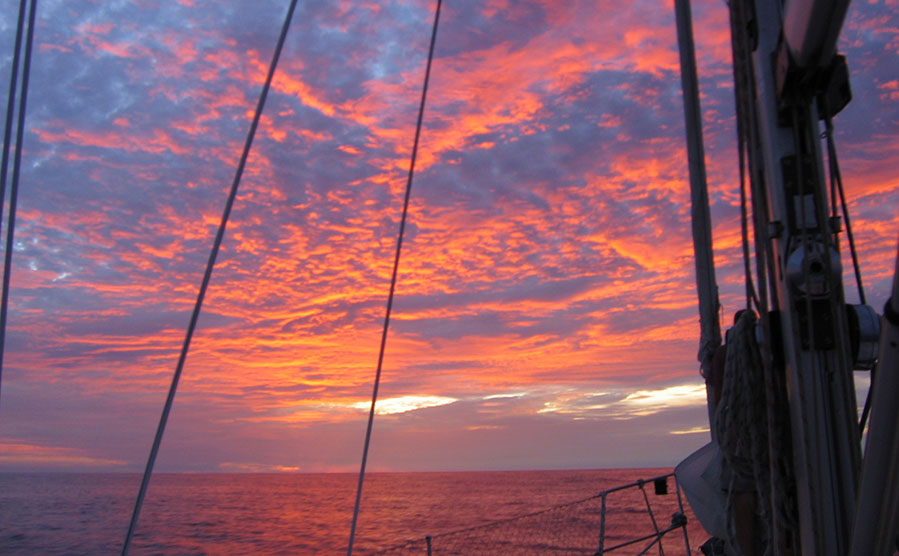
The sunset
I was surprised to find I was never bored at any point of the voyage, and neither was anyone else on the crew. There were always checks and jobs to be done, and in our spare time we’d try activities like fishing or we’d retire to our bunks and read the books we’d brought with us. A lot of time was filled by mealtimes – food was always a highlight each day, and I think we all put on weight!
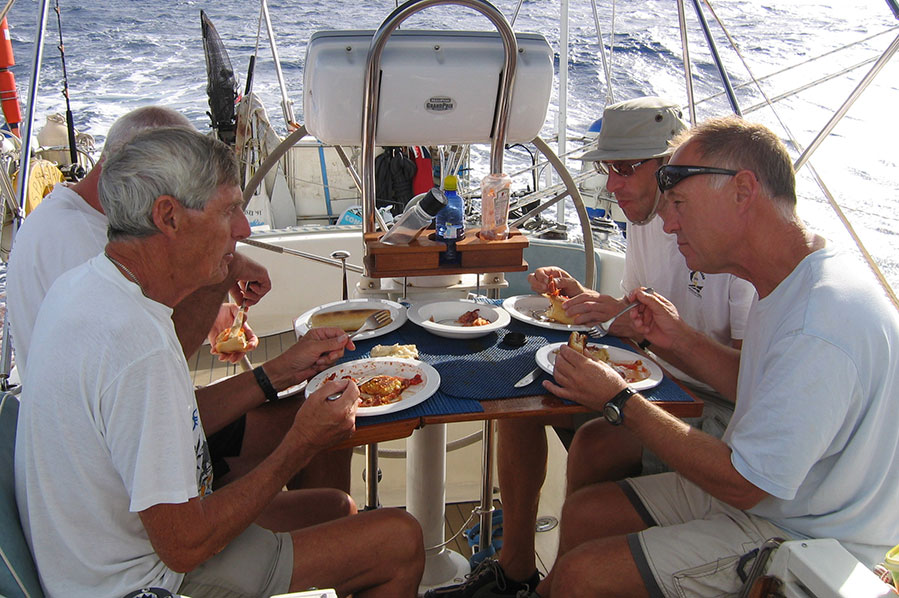
Meals at sea
Crossing the Finish Line – At Last!
It was a really thrilling experience when we eventually arrived at the finish line in St Lucia. Not everyone finishes the race, so when you start to see the mountains coming up from a distance, it’s a huge relief; you realise you are actually going to make it okay.
After we crossed the line, there was a great sense of pride. You think to yourself, ‘Yes, we’ve done it!’ Even if you’ve only been a small part of the crew, the fact is you’ve crossed the Atlantic under sail – it’s a great achievement. And of course, there’s plenty of partying on the quayside after the race!
I haven’t made any transatlantic trips since, but I’d love to do the ARC again and I’d recommend it to anyone.
Want to take on the ARC just like Ken? Then sign up to this year’s race across the Atlantic. We’re putting together a team that is sailing in November and spaces are available. Full details are on the ARC page.
Posted by: First Class Sailing


